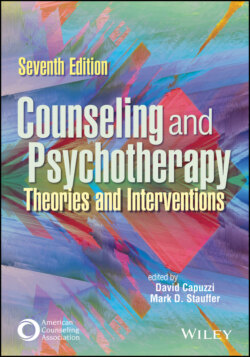Читать книгу Counseling and Psychotherapy - Группа авторов - Страница 121
BACKGROUND Understanding the Language: Psychoanalytic, Psychoanalysis, and Psychodynamic
ОглавлениеThe terms psychoanalytic, psychoanalysis, and psychodynamic are often used interchangeably, often without differentiation. Psychoanalytic refers to the larger theoretical framework that was initially popularized by Sigmund Freud and later enhanced and evolved by other theorists like Carl Jung and Alfred Adler (Corey, 2021). Psychoanalysis may be viewed by many as a theory or an intensive psychotherapy involving long-term treatment, often for years (American Psychological Association [APA], 2017). Psychoanalysis is often the technique most closely associated with Freud that involves clients sitting on a couch talking through their problems (Corey, 2021). Psychodynamic theory continues to conceptualize how a person’s mind works from a psychoanalytic perspective. However, psychodynamic theory differentiates itself from psychoanalysis by being brief, once a week, face-to-face, and on average about 15 sessions (APA, 2017). Modern psychodynamic theory encompasses some of the main proponents of traditional psychoanalytic practices while attempting to apply them to current-day issues and contemporary constructs.
